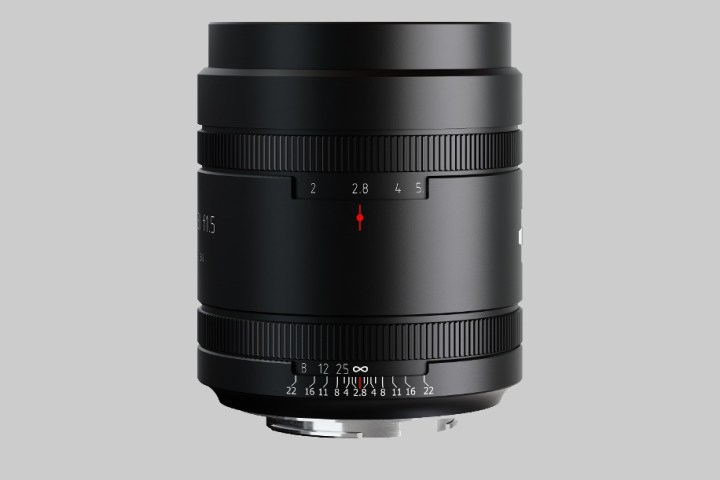Do you like photo-paint apps like Prisma, but prefer shooting with a camera that doesn’t fit in your pocket? Meyer Optik Gorlitz is continuing to revive vintage lenses by revisiting a lens that gives photos a painter-like look. The Meyer Optik Gorlitz Somnium II 85mm f/1.5 is currently funding through an early pre-order program that cuts the expected list price in half.
The Somnium was the first vintage-inspired art lens that Meyer Optik Gorlitz created when the company relaunched, before continuing to expand the options with the Trioplan and Primoplan series. The second edition, the company says, brings the swirling bokeh that gives the images an almost painting-like feel along with some of the company’s latest lens features and mounts.
The lens will be handmade in Germany using the company’s latest Art Lens configuration process. That design focuses on finding the right balance both between resolution and contrast, and sharpness and that characteristic bokeh that makes the lens unique. With a lens construction of six elements in four groups, the 85mm lens will be available in Canon EF, Nikon F, Pentax K, Sony E and Leica M mounts.
On the lens exterior, the Somnium II uses the clickless aperture that allows the focus and lens to adjust in small increments without noise, a feature that is designed for videography. The lens weighs just under 28 ounces and measures 3.6 inches (the Sony and Fujifilm mounts run another inch or so longer).
After relaunching the traditional lens company in 2014, many of Meyer Optik’s lenses got their start on Kickstarter. For the revisit of the Somnium lens, however, the company is funding the project by taking its own orders. Like a crowdfunded project, customers will see a discount and be among the first deliveries. The first two pricing groups of the lens have already sold out, while around 100 are available in the last pre-order pricing group for $999. Although Meyer Optik has a history of delivering on its crowdfunded campaigns, you should still be aware of the pitfalls of backing such endeavors.
When the lens sees the full launch, the company expects a $1,999 list price. The lens is expected to ship in August.
Editors' Recommendations
- How Nvidia and AMD could make Windows laptops feel like MacBooks
- The best Sigma lenses offer affordable quality for DSLRs or mirrorless cameras
- A9, A7R, S, II, or III? Making sense of Sony’s full-frame mirrorless cameras
- What is a mirrorless camera, and what makes it different from a DSLR?
- Forget the puppy ears. Snapchat and VSCO can make your snaps look like old film




